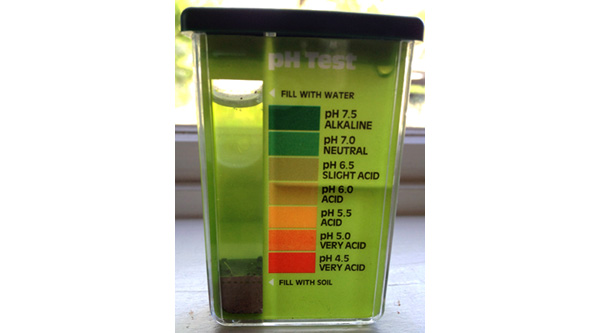One of the most common errors found in gardening comes from not checking the substrate/water pH. pH is a measure of acidity or alkalinity on a scale from 0(acid) to 14(base), 7 is neutral. A substrate's/water pH will have a direct influence on what nutrients will be available to a plant, regardless of what is physically in the substrate/water. Every species of plant has its preferred substrate/water pH. There are 3 ranges I use for each plant; optimal, tolerable, and death. When a plant is in its optimal pH range (which is different for every plant) it has the ability to uptake nutrients from the substrate with maximum efficiency. If the plant is residing in the tolerable range, nutrient uptake will be somewhat restricted. A plant in the tolerable zone will grow slowly and stunted with a possible sign of a nutrient deficiency when compared to a plant in its optimal zone. Outside of the tolerable range we will have nutrient lockout and death. Here's a handy chart to show what nutrients are available based on substrate/water pH.

Ideally, we would check our soil pH before we plant anything, and our water pH before each watering and feeding. When feeding it is important to note that you should test your pH
after you add your fertilizer/food. Garden centers will carry soil testing kits that have N,P,K and pH. Here's an example via google images:

 pH Problem Solver:Adjusting your soil pH
pH Problem Solver:Adjusting your soil pHIf your soil is too acidic, you should add lime or wood ash.
If your soil is too alkaline, you should add aluminum sulfate.
Source- HGICAdjusting your water pHIf you water is too acidic, add soda ash or lime or pH up.
If your water is too alkaline add, apple cider vinegar or pH down.
 Author
Topic: ph and Nutrient Availability (Read 16877 times)
Author
Topic: ph and Nutrient Availability (Read 16877 times)
